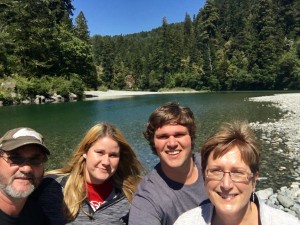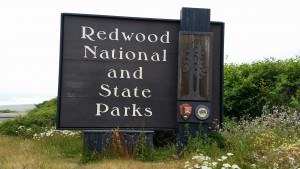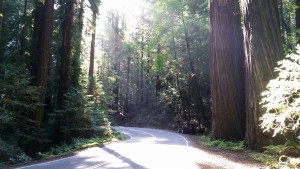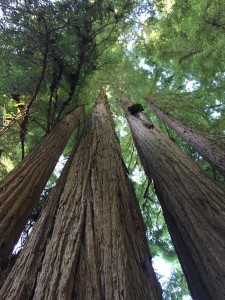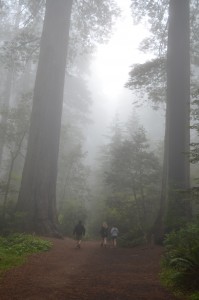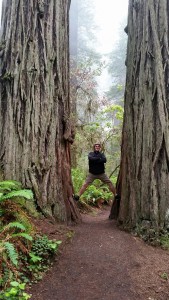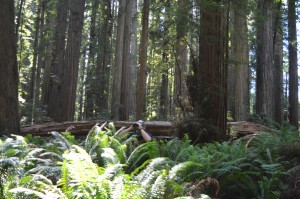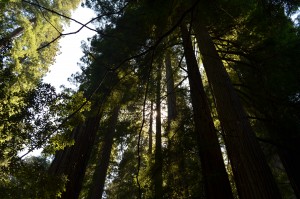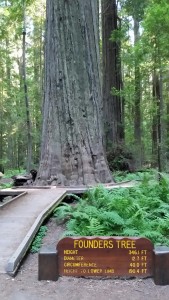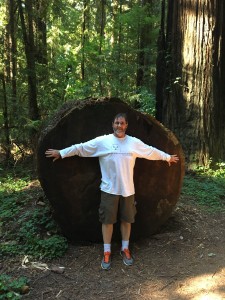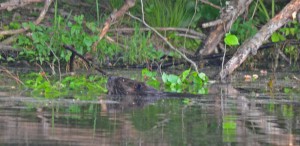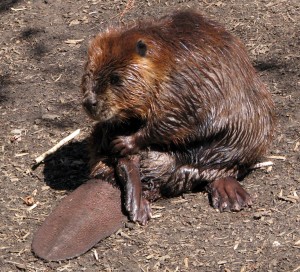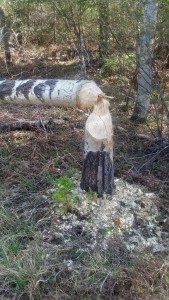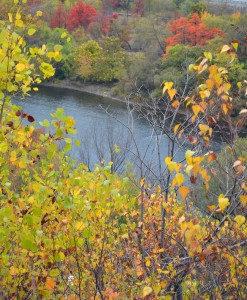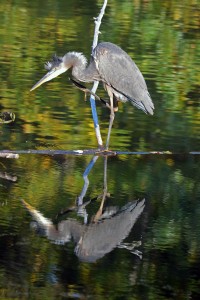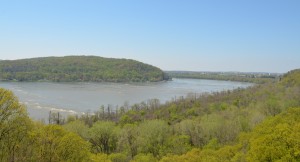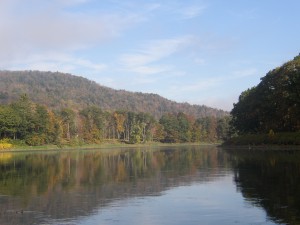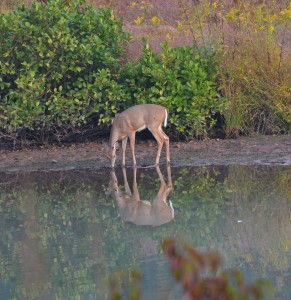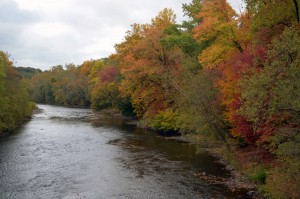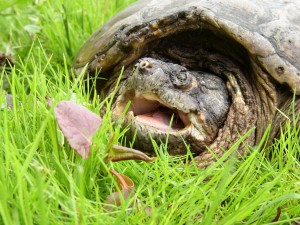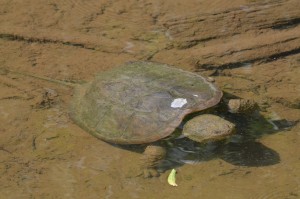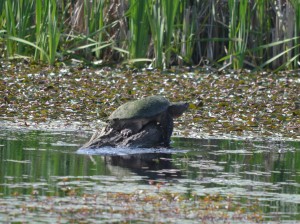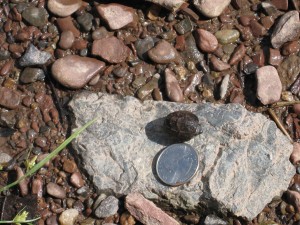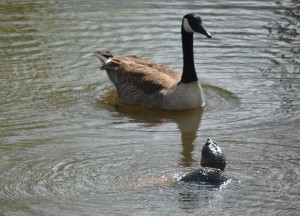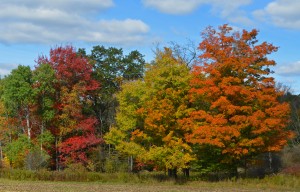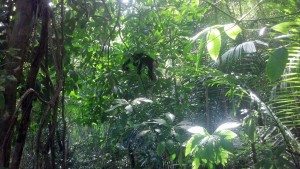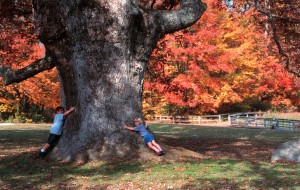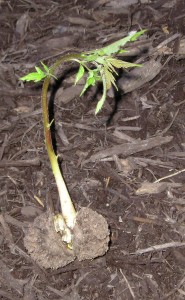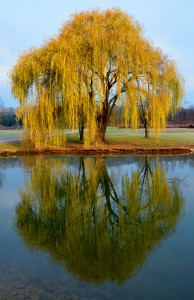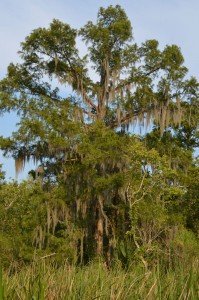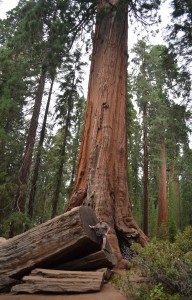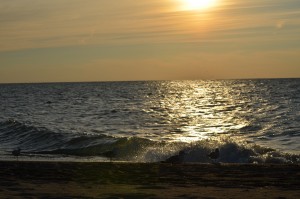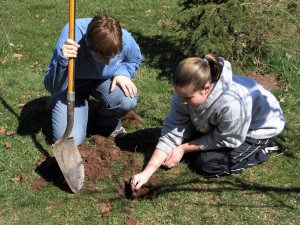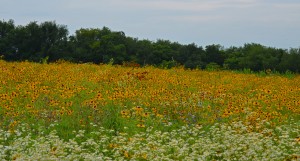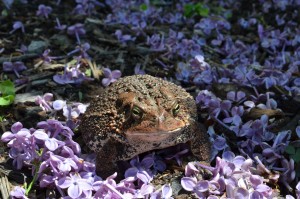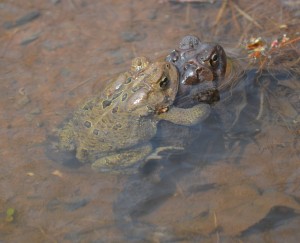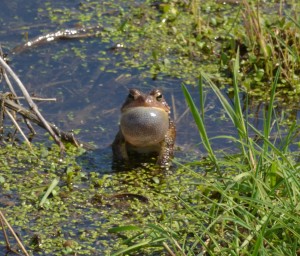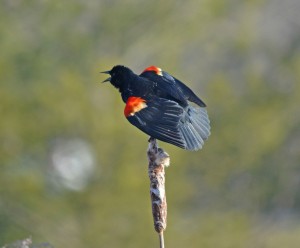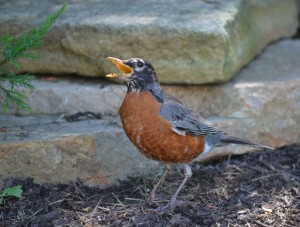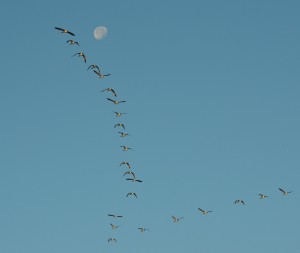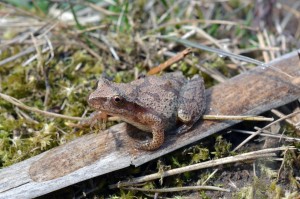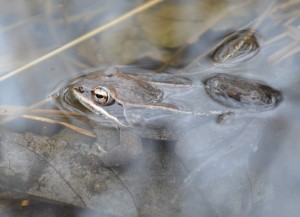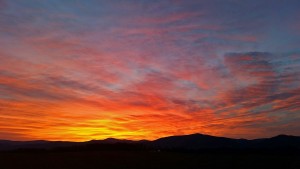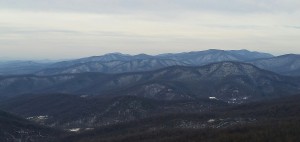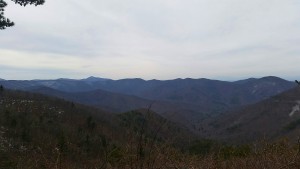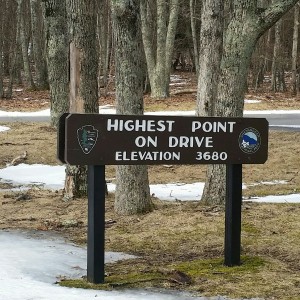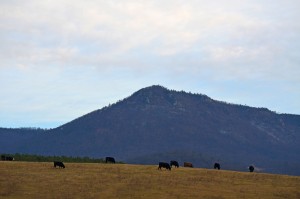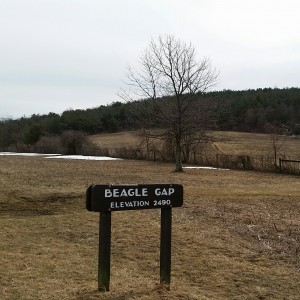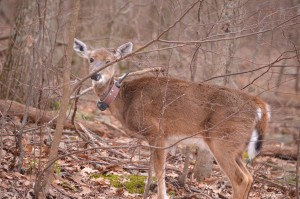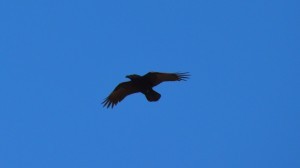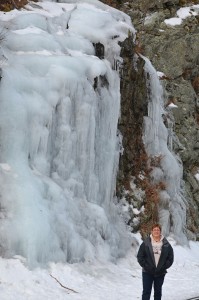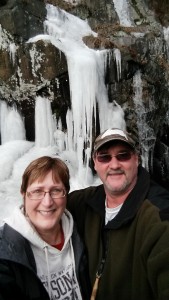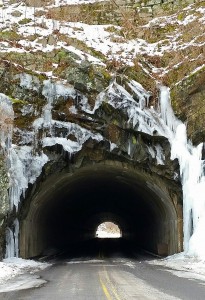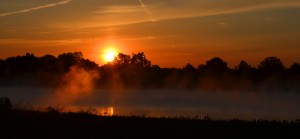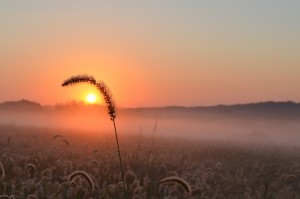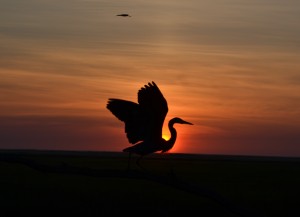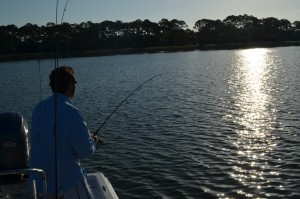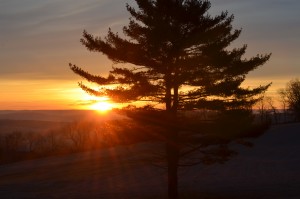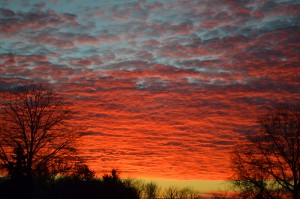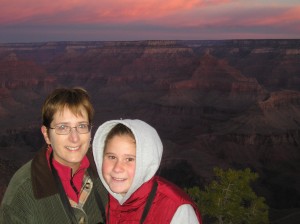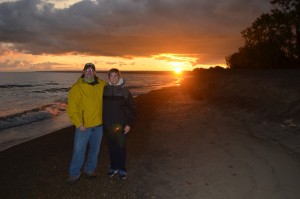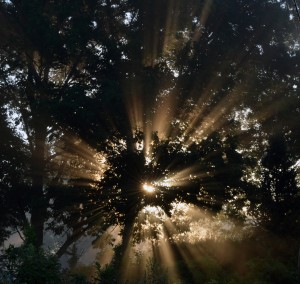At the end of 2015, we made a decision to visit Tyler in Northern California in 2016, and began planning a trip that would take us through the Pacific Northwest…..and beyond. We were excited to visit an area we’ve never been to before, and follow in some of the footsteps of the original Lewis & Clark expedition of 1804-1806. So, after traveling 2 weeks and 4,313 miles (RT from San Francisco),through 5 states, and stops in 15 National Parks, Forests, Recreation Areas, Wildlife Refuges and 8 State Parks, this is the first blog in a summary of our long, but awesome, journey!
The Big Ones
If you visit Northern California, there’s one natural feature that literally stands out-the big trees! Specifically, the tall Coastal Redwoods, the world’s tallest living thing. As we drove north from San Francisco we took a short detour from California’s Scenic Highway 101, to enter the Avenue of the Giants, a 30-mile corridor of huge redwood trees, and our first introduction to these towering giants. Along this drive, and many more to come, you drive right past trees that are wider than your vehicle, and very close to the road! These redwoods are enormous! The trees can exceed heights of 370 feet tall-that’s 60 feet taller than the Statue of Liberty! The State of California, along with the National Park Service, has preserved many of these groves of redwoods in several state parks and Redwoods National Park.
When you walk among these giants you can’t help but to stop and gaze up, tilting your head back to the point where your neck cramps up, trying to see the very top. I was so mesmerized at my first look at these tall trees that when I bent back to try and photograph the top, I stumbled backwards, fell on my butt and disappeared into a stand of ferns! I jumped up quickly to make sure Theresa (wife) and Darby (daughter) didn’t see me! But at the same time, the cool, shadows the canopy creates, along with ferns that grow 4 feet tall on the forest floor, keeps your eyes looking down as much as up. The landscape is almost fantasy-like. As a matter of fact, these redwood forests are so unique that scenes from many familiar movies have been filmed in them. Movies such as The Last of the Mohicans, Star Wars-Return of the Jedi (Ewok forest), The Lost World-Jurassic Park, and ET.
Looking for birds among the 4′ ferns
While we walked through these giant redwood forests, we were constantly amazed how lush these forests were. Tall trees with huge canopies that let in very little light, standing guard over dense beds of huge ferns, some growing almost as tall as us. We also took notice to how quiet these redwood forests were. We heard very few birds while hiking in the redwoods. Maybe we simply visited at the wrong time of the day, or maybe the birds were so high up in the canopy that we just couldn’t hear them singing! OK, maybe my hearing isn’t as acute as it once was, but it was still pretty quiet!
Our wildlife sightings in the dense redwood forests were limited to a few squirrels, a few Oregon Juncos that were down low, an occasional mouse/vole, and my favorite critter, the Banana Slug, which I told Tyler to find one for me. His comeback to my request was classic. “OK, I’ll keep my eyes peeled!”
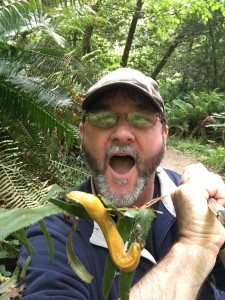
Overall, we visited three CA State Parks with outstanding Coastal Redwood groves, and Redwoods National Park, in a day and a half. We all agreed, we were only on day two of our adventure and we were already captivated by what we experienced. I highly recommend that if you have a chance to visit this area, or even San Francisco (4 ½ hrs south), get there! Go walk among the giants! You can’t see these trees anywhere else on Planet Earth.
